The new legislation on organic agriculture came into force on January 1, 2022. This legal framework seeks to standardize the rules of the countries. The aim is to give stability to the sector, add new operators and increase the consumption of organic food.
Specifically, Europe has set the goal that 25% of agricultural land is organic in 2030. In addition, it is proposed to increase the consumption of organic products, as they are the healthiest option and meet the demands of quality and animal welfare demanded by consumers.
This was stated by the European Commissioner for Agriculture, Janusz Wojciechowski, who in late March presented the new Action Plan for Organic Agriculture. A document that follows the same direction.
The precursor of this Action Plan, the Spanish Diego Canga, senior advisor to the Directorate General for Agriculture (DG Agri) of the European Commission, explained that the document is a new impetus to increase organic areas in Europe.
Canga also highlighted three aspects of the regulation that is already in force: “The model of organic farming is standardized, gives stability to the sector for many years and allows group certifications. He added that the regulation will reduce costs for small organic farmers and encourage more producers to join the activity.
Spain, European leader in organic area
Spain is the EU country with more organic area, according to the latest data from the Ministry of Agriculture, Fisheries and Food (MAPA), which in its latest analysis of the sector predicts a promising future. Already in 2020, the organic area was 2.44 million hectares. That is, 3.52% more than in 2019.
However, this upward trend is not accompanied by the consumption of organic products, which is well below the European average. Even so, last year, when the COVID crisis began, it grew by 6.10% to 53.41 euros per capita.
According to Diego Canga, the increase in consumption of organic food, would lead to lower prices and respond to consumer requests in relation to sustainability.
Source: efeagro.com
